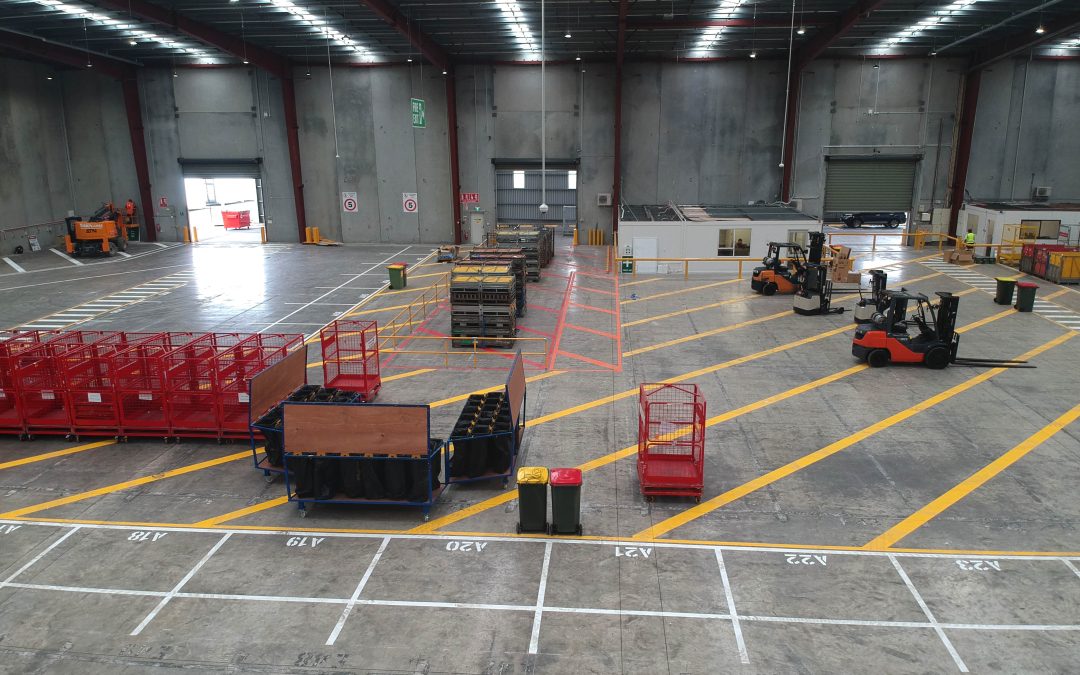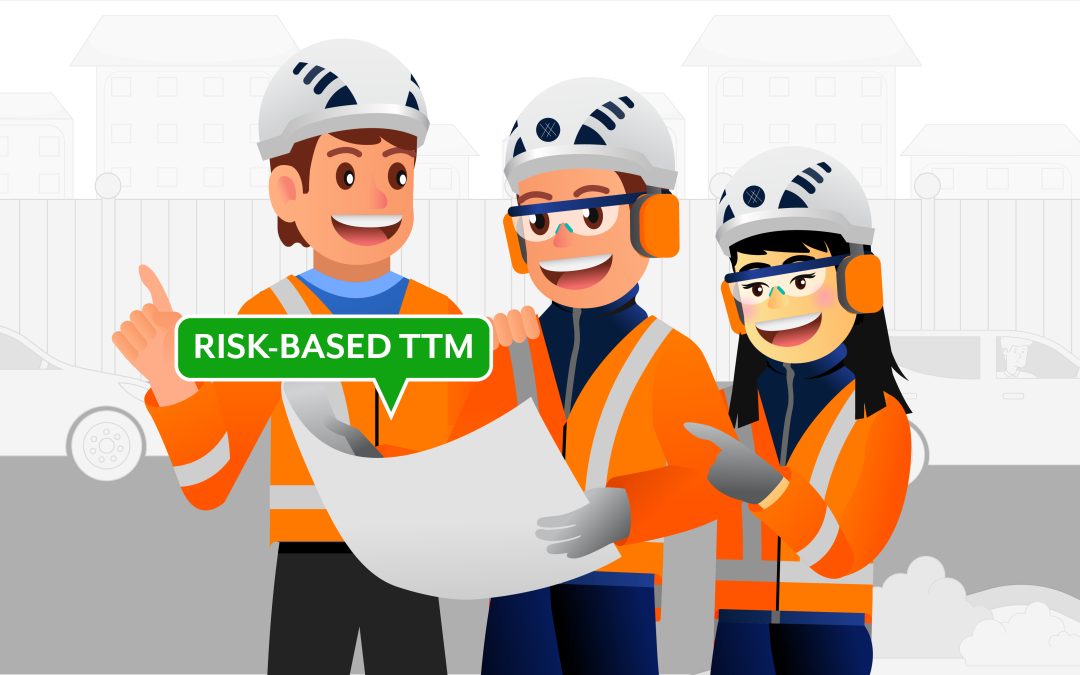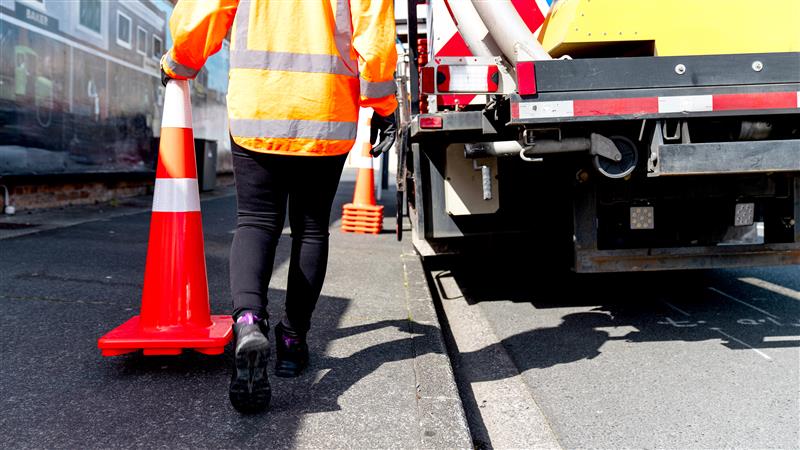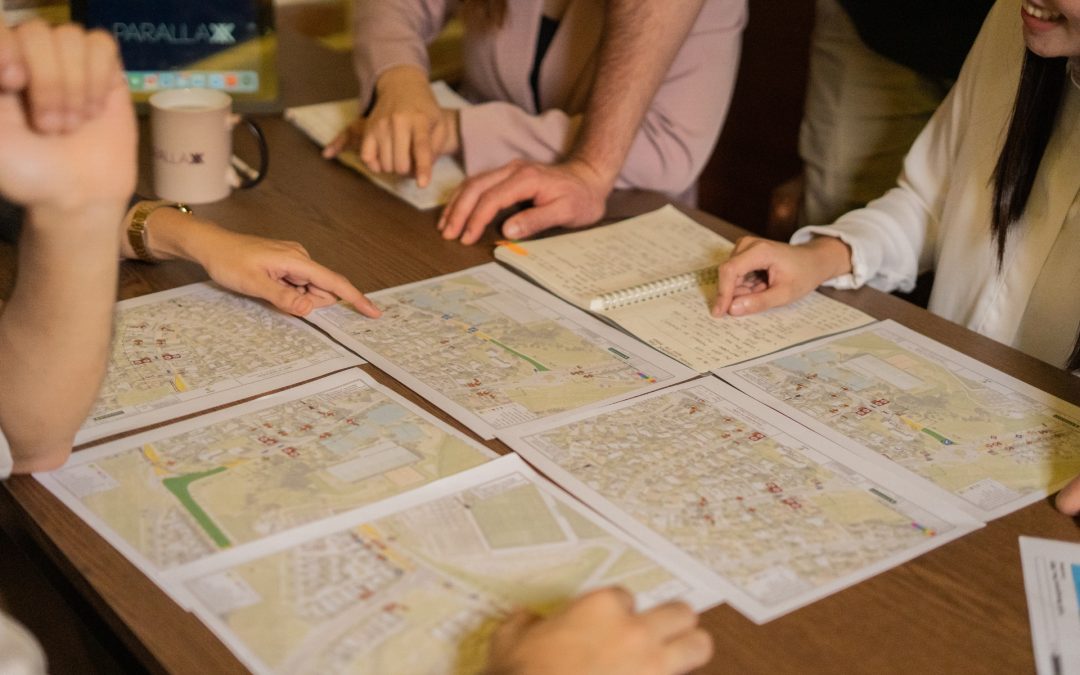So, we now have the new training model in the traffic management industry – but if you’re already qualified what happens next?
Firstly, a note on all existing qualifications. They are all valid till they expire. However, on October 1st 2021:
- – TCs will lose the right to setup and remove worksites, and
- – Level 2/3 NP STMS’ will lose the right to manage shoulder closures, and parts of a capital works project
In every other sense your qualification is valid as it is now without any lost capability. You can keep doing what you are doing. When you convert to the new qualification system your existing ‘legacy’ qualification stays valid until its expiry date. So, if you want to slowly switch to the new system over time, or if it takes a while to get through the assessment requirements – that’s fine (as long as your existing qualification is still current). The best advice is to start early – do the refresher course with plenty of time (2-3 months) to arrange the assessments so you are not left without a qualification in between.
If you currently prepare TMPs – remember your STMS qualification is not enough anymore – you must be a qualified TTM Planner as well (by the 30th of April 2021).
Here’s a bunch of basic answers to “what happens when I need to convert my current qualification to the new training model”
(depending on where you are at now).
Skip ahead to whichever heading applies to you. But first, a refresher on the road categories.
Category A
Category B
Category C
1. I Have Never Held a TTM Qualification.
- • All new people to the TTM industry must start with TTM Worker. This is delivered by a qualified TTM Mentor and involves both theory and some practical training.
- • You don’t get a Waka Kotahi qualification from this – but you do get an NZQA Unit Standard. That’s your ticket to the next stage.
2. I Used To Be A TC, But It Has Expired.
- • You can do the Traffic Management Operative (TMO) Course (1-day). This grants you the TMO Non-Practicing Warrant.
- • From there – you can do the practical assessment requirements and become a ‘Practicing’ TMO who can work on the road.
3. I Am A Current TC.
- • If you want to be an STMS. You can go straight onto the STMS Universal (U) Workshop (2-days)
- • If you want to stay at the ‘TC’ Level. You can do the Traffic Management Operative (TMO) Course (1-day). This grants you the TMO Non-Practicing Warrant. From there – you can do the practical assessment requirements and become a ‘Practicing’ TMO who can work on the road.
4. I used to be an STMS (at any level) but it expired more than 12 month ago.
- • You can do either:
- – The Category A STMS Course (1 day), or
- – The Category B STMS Course (1 day, or ½ day if done immediately after the CAT A Course); or
- – The Category C STMS Course (1 day)
- • You can do any of these courses – or you can do more than one. You would need to do whatever course represents the Category you want to work on. If you want to work in all 3 – you have to do all three courses.
- • Once you do the course – you are a qualified non-practicing in that category. You still cannot practice on the road yet.
- • If you want to work on the road – you have to get the Practicing part – by successfully passing the on-road assessment.
- • If you were a Level 1 STMS, you could setup sites on Level 1 roads. To get the same capability back, you can’t just do the course – you must do the practical parts too.
5. I am a current Level 1 STMS (or it expired less than 12 months ago).
- • You can do the Category A, B, C Refresher Course (1-day)
- • Once you do the course – you are a qualified non-practicing in Category A and B only. You still cannot practice on the road yet.
- • If you want to work on the road – you have to get the Practicing part – by successfully passing the on-road assessment.
- – A new STMS would have to do 3 on-road verifications with a Mentor before doing the Assessment. As a refreshing STMS, you can go straight from the theory course to the Category A or B Practical Assessment (or both).
- • As a Level 1 STMS, you could setup sites on Level 1 roads. To get the same capability back, you cannot just do the course – you have to do the practical parts too.
- • If you do any of the Practicing assessments (for any category) – they will expire on the date of your non-practicing course date.
6. I am current Level 2/3 Non-Practicing (NP) STMS (or it expired less than 12 months ago).
- • You can do the Category A, B, C Refresher Course (1-day)
- • Once you do the course – you are a qualified non-practicing Category A, B and C STMS. You still cannot operate on the road yet.
- • If you want to work on the road – you must get the Practicing part – by successfully passing the on-road assessment (of whatever category you want to work on)
- – A new STMS would have to do 3 on-road verifications with a Mentor before doing the Assessment. As a refreshing STMS, you can go straight from the theory course to the Category A or B Practical Assessment (or both).
- – If you want to do the Category C Practical Assessment – you will need to do the 3 verification closures before the on-road assessment.
- • As a Level 2/3 Non-Practicing STMS, you could setup sites on Level 1 roads. To get the same capability back, you cannot just do the course – you must do the practical parts for any road category you want to work on the road in.
- • If you do any of the Practicing assessments (for any category) – they will expire on the date of your non-practicing course date.
7. I am a current Level 2/3 STMS (Practicing) STMS (or it expired less than 12 months ago).
- • You can do the Category A, B, C Refresher Course (1-day)
- • Once you do the course – you are a qualified non-practicing Category A, B and C STMS. You still cannot operate on the road again yet (if your legacy qualification has already expired).
- • If you want to keep your capability on the road – you must get the Practicing part – by successfully passing the on-road assessment (of all the categories you want to work on)
- As a refreshing STMS, you can go straight from the theory course to the Category Practical Assessments (that’s A, B and C). Just like when you used to refresh your Level 2/3 STMS (Practicing) warrant – you can simply do a re-assessment on the road to get the qualification valid again.
– If you do any of the Practicing assessments (for any category) – they will expire on the date of your non-practicing refresher course date.
– You still have the opportunity, if you wish, to submit a ROPE (Recognition of Prior Experience) application. This can be done every 6-years (every second refresher cycle) for the Category practicing warrants. This would be done in place of doing an on-road re-assessment.
So there you have it – a what’s what of how the existing qualifications are converted over to new. Take care to consider when you (or your organisation’s people) should convert to the new T&C model. In the case of Level 1 STMS’ – they can gain more capability (on Level A and B roads) than they had before. Likewise a TMO has more scope than a TC had (on Cat A and B Roads). But, an existing Level 2/3 Practicing STMS has little benefit from converting early. These are the considerations you should be weighing up when deciding how to transition to the new model.
If you want help mapping your staff or even yourself over to the new training model – Contact us, we are here to help.









